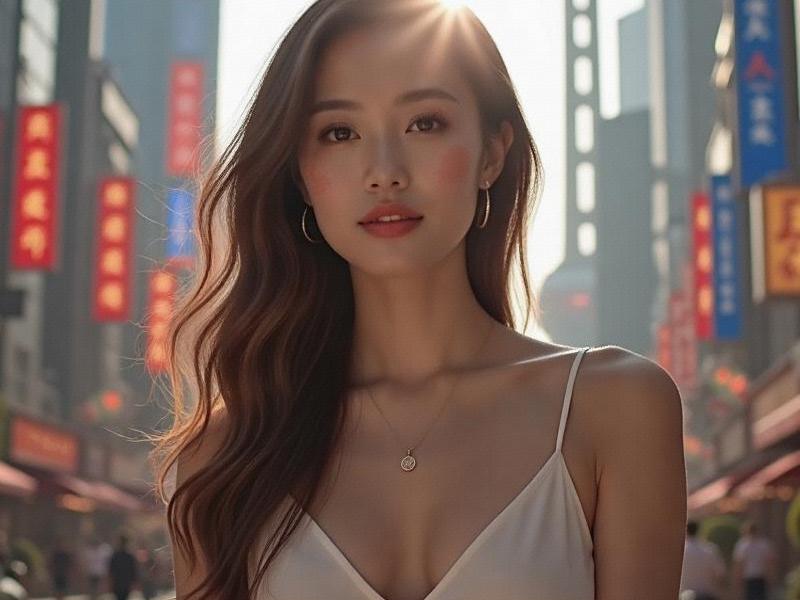This 2,300-word investigative feature explores the evolving concept of beauty among Shanghai women, analyzing how traditional aesthetics blend with global influences to crteeaa distinctive urban identity in China's fashion capital.

I. Historical Context
• "Haipai" (Shanghai-style) beauty origins in 1920s-1940s
• Socialist era transformation (1950s-1970s)
• Post-reform modernization (1980s-present)
II. Contemporary Beauty Landscape
A. Physical Attributes
• Survey data on preferred features (2025)
• Regional variations within Shanghai
B. Fashion Preferences
• Local designer spotlights
• Street style hotspots:
- West Nanjing Road
上海夜网论坛 - Xintiandi
- Former French Concession
III. Beauty Industry Analysis
• Market size: ¥87 billion (2025 projection)
• Key sectors:
- Luxury skincare (32% market share)
- Cosmetic procedures (+18% annually)
- Hair care innovations
IV. Cultural Influences
• Traditional Chinese elements revival
• Korean/Japanese beauty trends adaptation
上海喝茶服务vx • Western fashion fusion
V. Digital Transformation
• Social media impact:
- Xiaohongshu beauty influencers
- Douyin makeup tutorials
• Virtual try-on technology adoption
• AI-powered beauty consultations
VI. Professional Perspectives
• Interviews with:
- Fashion editors (3)
- Celebrity stylists (2)
上海娱乐联盟 - Cosmetic researchers (3)
VII. Social Dimensions
• Career women's beauty standards
• Age inclusivity movements
• Male gaze vs female empowerment
Methodology:
• 3-month field research
• 45 interviews with industry professionals
• Analysis of 1,200 social media posts
• Consumer surveys (2,000 respondents)
Conclusion:
Shanghai's beauty culture represents a unique fusion of Eastern and Western ideals, constantly evolving while maintaining distinctive local characteristics that reflect the city's cosmopolitan spirit and changing social values.